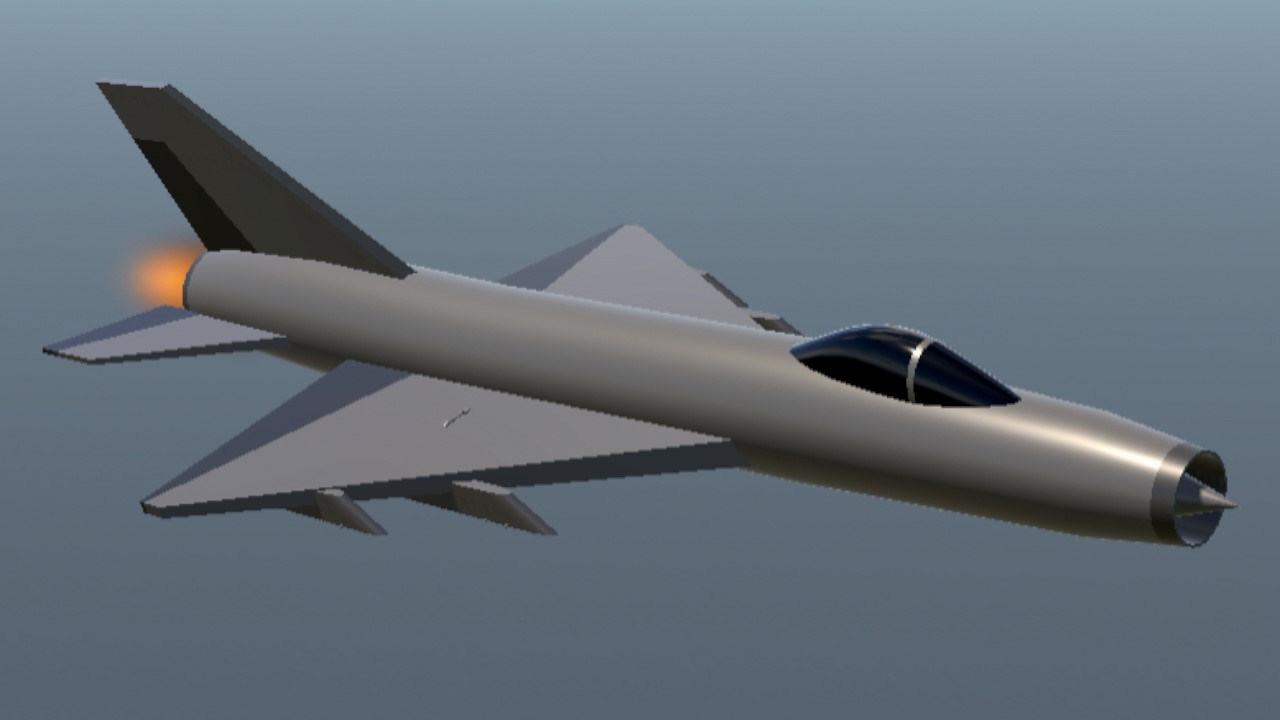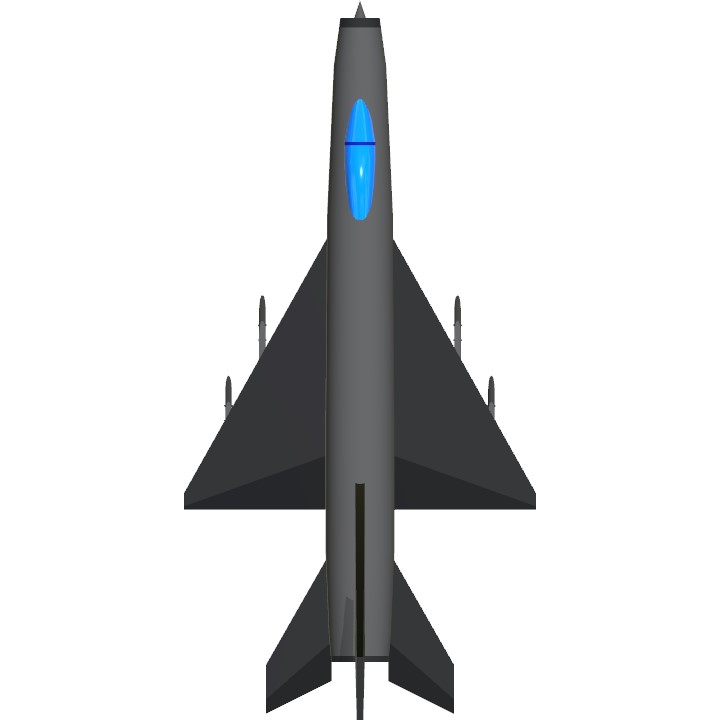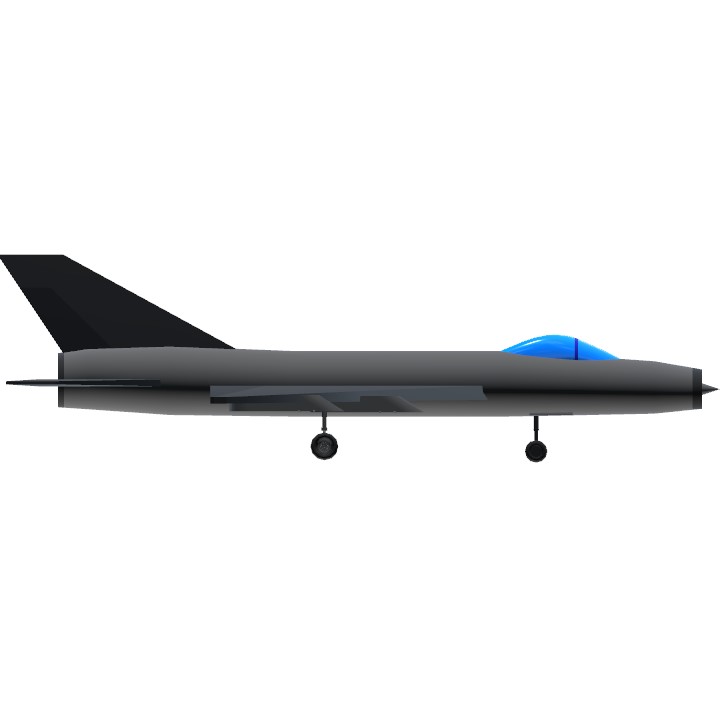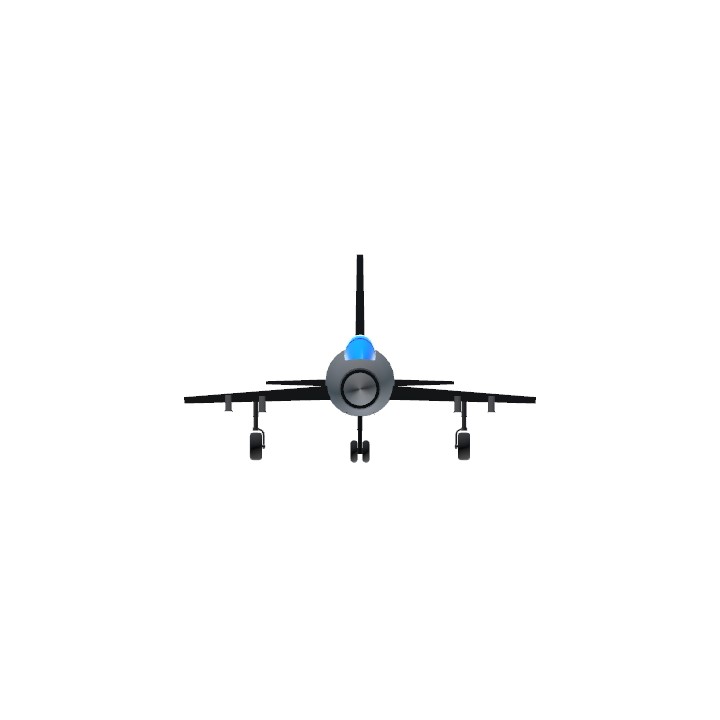Introduction
The Sukhoi Su-9 (NATO reporting name: Fishpot) was a single-engine, all-weather, missile-armed interceptor aircraft developed by the Soviet Union.
The Su-9 emerged from aerodynamic studies by TsAGI, the Soviet aerodynamic center, during the Korean War, which devised several optimum aerodynamic configurations for jet fighters. The design first flew in 1956 as the T-405 prototype. The Su-9 was developed at the same time as the Su-7 "Fitter", and the West first saw both at the Tushino Aviation Day on June 24, 1956, where the Su-9 was dubbed Fitter-B. It entered service in 1959.
The total production of the Su-9 was about 1,100 aircraft. It is believed that at least some Su-9s were upgraded to Su-11 "Fishpot-C" form. None were exported to any of the USSR's client states nor to the Warsaw Pact nations. The remaining Su-9s and later Su-11s were retired during the 1970s. Some were retained as test vehicles or converted to remote-piloted vehicles for use as unmanned aerial vehicles. It was replaced by the upgraded Su-11 and the much-superior Su-15 "Flagon" and MiG-25 "Foxbat".
Build under 30 mins
Specifications
General Characteristics
- Created On iOS
- Wingspan 26.3ft (8.0m)
- Length 54.7ft (16.7m)
- Height 15.6ft (4.8m)
- Empty Weight 4,212lbs (1,910kg)
- Loaded Weight 5,298lbs (2,403kg)
Performance
- Power/Weight Ratio 2.544
- Wing Loading 31.4lbs/ft2 (153.2kg/m2)
- Wing Area 168.9ft2 (15.7m2)
- Drag Points 3664
Parts
- Number of Parts 23
- Control Surfaces 5
- Performance Cost 170




